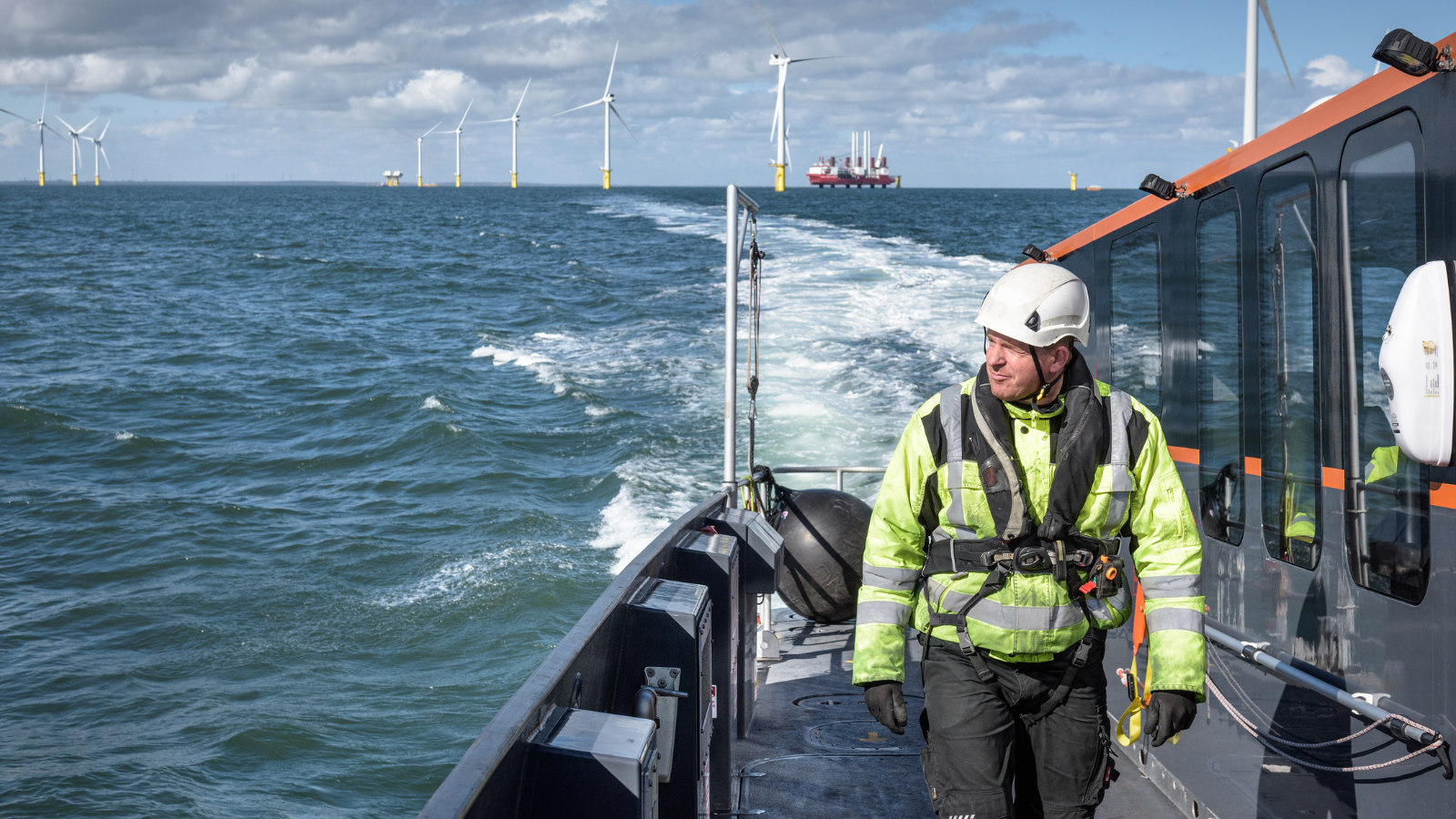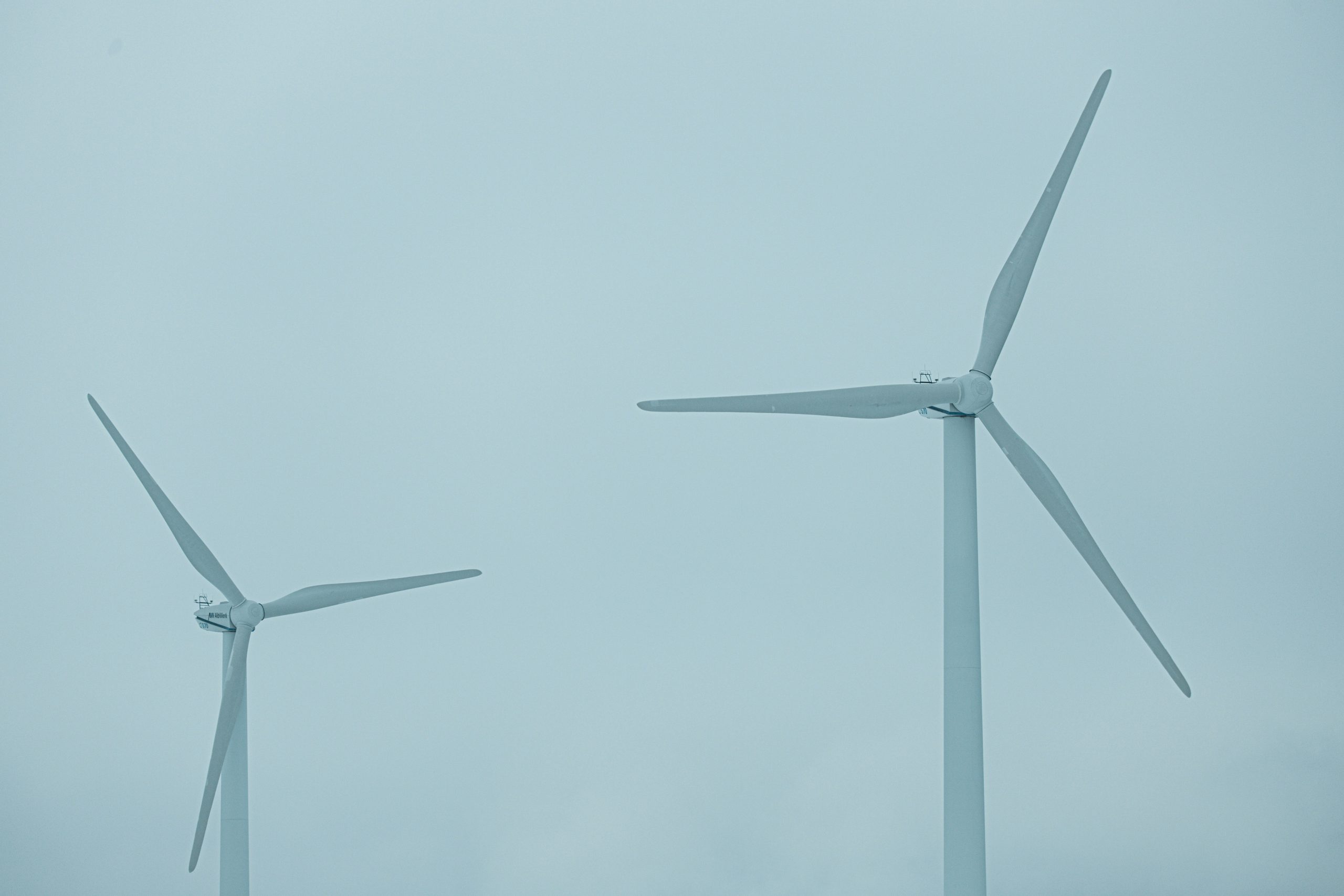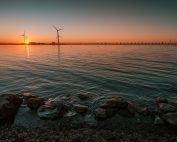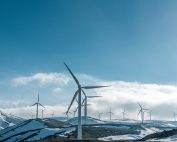As we commemorate International Workers’ Day on May 1st, it’s essential to reflect on the evolving landscape of employment, particularly within the energy sector. In a time of dynamic change and the evolution of many sectors towards automation, the emergence of offshore wind energy represents a beacon of hope for job seekers across Europe, especially in the Baltic Sea region.
Challenges as much as opportunities
The trajectory is clear: the winds of change are not merely symbolic but tangible, as evidenced by forecasts. By 2030, the wind energy workforce in Europe is projected to burgeon to an impressive 510,000 individuals, a significant jump from the current 300,000. With the EU Year of Skills behind us and the many debates about the challenges facing the industry, there has been much talk about the pace of development, the changes needed and the challenges of providing skilled people. My personal conclusion after participating in many of these events is that, unfortunately, there is still little talk of concrete solutions to the problem of not enough people.
The renewable energy industry wants to expand, but needs skilled employees, we need to respond with education, research, and most of all proving that jobs in the transition sector are attractive and have a future with an enormous potential. – said Ebba Busch, Minister for Energy, Business and Industry of Sweden during the Oppening Ceremony of last years European Sustainable Energy Week.
The potential is enormous and so is the competition. Skilled workers are sought after by everyone from the solar energy industry to raw minerals mining, but also the automotive industry. A forecast by IMI (institute of the Motor Industry) predicts that that in the UK market only 184,960 technicians will be required to service and maintain EVs by 2035. And even with reskilling options in place this will create a gap of 29,767 workers who are not fully qualified.
The latest Global Wind Workforce Outlook 2023-2027 sets out that over 574,000 technicians will be required for C&I and O&M by 2027, but to keep pace with this growth, almost 43% of them will be new to the industry, joining from an education and recruitment pipeline or transferring from other sectors, such as offshore oil and gas. The number of new wind technicians is expected to increase by 48,800 on average per year from 2023 to 2027.
The GWO/GWEC Global Wind Workforce Outlook demonstrates not just how many people will be needed for the forecast installation and maintenance of the world’s wind fleet but emphasises how many of these will be new arrivals to the sector. – said Jakob Lau Holst, CEO of Global Wind Organisation
Earlier this year we held a webinar with industry leaders to discuss the challenges and opportunities inherent in this transition. Ivan Pineda, Director of Innovation at WindEurope, elucidated the numerical imperative, emphasizing the need for over 170,000 new workers by 2030 to sustain the industry’s growth in Europe. It’s a call to action that underscores the strategic importance of strengthening employment across various sectors, from planning and manufacturing to construction and operation.
During the same webinar, Anu Eslas, representing Ignitis Renewables, underscored the regional potential of offshore wind, particularly in areas currently without wind parks. Through internal market opening and educational initiatives, countries like Lithuania, Estonia, and Poland are primed to harness their engineering prowess and cultivate a skilled workforce ready to embrace the opportunities presented by offshore wind energy.
Growing number of industry initiatives
At this year’s WindEurope Anual event in Bilbao, Microsoft presented its new e-book: “How AI Empowers the Wind Industry Workforce to Achieve More” to show how AI can help attract talent, build new industry skills, empower people, and enhance productivity. In fact, it is arguably AI and automation that offer the greatest hope of igniting stable growth for the industry.
AI serves as an enhancer, not a replacement. To ensure the prosperity of our economies and provide people with stable, secure, and safe employment, it is imperative that we recognise Al as a key component. – said Mariana Batista, Senior Advisor at WindEurope on the ocation of the publication of the e-book.
However, even with AI support, the need for skilled people to work will be huge. It is important to note that the employment impact of offshore wind energy is multidimensional in terms of sectors and geography. The construction of wind farms in the Baltic Sea represents an opportunity for the development of local communities in the locations where the installation and service ports will be located, but also for the many participants in the complex supply chain.
The construction and maintenance of offshore wind power creates significant jobs both in the design and construction phases, as well as in maintenance and servicing. This can support the local economy and create sustainable employment in offshore wind farms that are built and operated nearby, for which ports play an important role, for example. (…) There are also opportunities for success in maritime transport and operations, steel structures, electrification, automation and electricity transmission and storage. – recently wrote Pekka Pokela, Senior Advisor and Director at Gaia Consulting Oy
An example of a noteworthy initiative aimed at the local community is Maersk Training’s Green Skills Bootcamp for Wind Turbine Technicians. A free to participate (after meeting basic requirements) three week course giving young people over 19 years old the opportunity to build up sector-specific skills and fast-track to an interview with a local employer in the wind energy sector. Equinor and Polenergia are running an information centre on offshore wind farms in Łeba, Poland. Łeba will host the operations and service base for the Bałtyk II and Bałtyk III offshore wind farms. Long-term employment in the service base will include around 100 specialists.
Poland is particularly poised to become an industrial hub in the sector, as indicated by recent reports. The Wind Industry Hub Foundation’s findings reveal a promising outlook, with flagship wind power investments set to generate over 11,000 new jobs.
The new nacelle and assembly factory will leverage Vestas’ expertise and experience to create hundreds of direct and thousands of indirect jobs in the Szczecin area. Offshore wind is headed toward a rapid growth trajectory, and Vestas intends to lead the development of a sustainable supply chain that can deliver the scale needed – said Tommy Rahbek Nielsen, the COO of Vestas on the ocasion of announcing the new offshore nacelle and assembly factory in Szczecin.
We see an impressive number of initiatives being launched by companies and industry organisations to increase interest in working in the sector.
In 2023 we launched the “Wiatr – Kopalnia Możliwości” (“Wind – Mine of opportunity”) program, which is targeting miners leaving the mining sector. We want to provide them with the opportunity to work in a new, stable industry such as wind energy. (…) We have planned the program for 3 years, so it will last until 2026. During this time we will train about 60 people. – said Alicja Chilińska-Zawadzka, CEO of EDF Renewables Poland, in our recent interview about the prospects for the development of the offshore wind energy sector.
These initiatives are important, but certainly not yet enough to solve the problem. Therfore, as we commemorate International Workers’ Day, let us celebrate not just labor, but let’s reflect on the challenging opportunities that can lead us to a greener, more prosperous future powered by offshore wind energy and the dedicated individuals driving this transformation forward.















